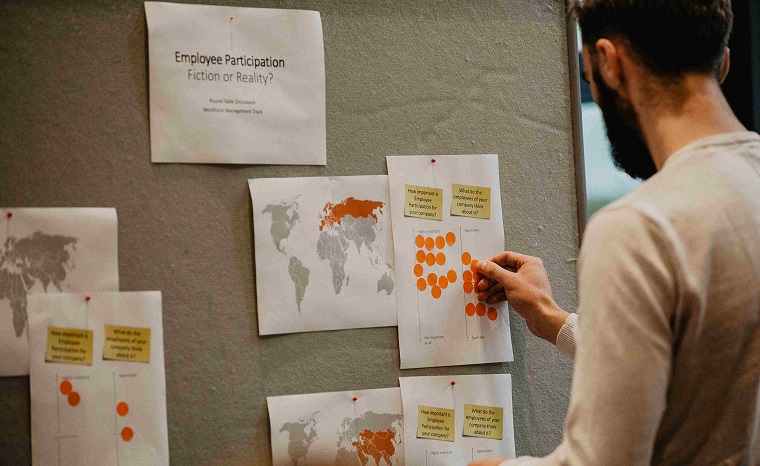What was designed to be an exchange of experiences about employee participation in workforce management quickly became an interesting round of experts with highly topical insights. 320 specialists from all over the world came together for the 10th annual GroundStar User Conference in Berlin in order to discuss challenges and solution approaches in workforce management and resource allocation. Employee participation is a highly demanding and very diverse topic, even without considering the broad international perspectives from experts from all over the world.
The staff planners and supervisors quickly pointed out that employee participation can only succeed when the conflicting priorities of cost/productivity, quality and employee interests are considered. Especially service companies in the aviation industry are facing a highly competitive market environment in which employee participation is only possible within narrow economical parameters. Companies are confronted with economic constraints both on the sales market and the job market, for example when employees switch over to a competitor for a minimally higher income.
Which requests need to be considered?
Employees’ needs don’t always focus on monetary dimensions, but also on shaping one’s working hours: shift work will most likely not be accepted if it is not compatible with private needs. The attendees pointed out that private constraints often depend on stages of life, e.g. child care or nursing a relative. In essence, they are highly individual. What may be attractive to one employee may not meet the needs of others.
Other companies reported that they achieved a higher employee loyalty thanks to attractive reward and bonus models for long-term employees. However, they also mentioned that the wish for flexible working hours differs amongst the various generations of employees. The panelists agreed that especially younger employees have higher expectations towards a good work-life balance.
An interesting discussion evolved on how employee interests can be integrated into the company routine. Some panelists pointed out that employees’ wishes may be contradicting, e.g. when employees wish for a reduction of the weekly deployment factor while at the same time requesting shorter shifts. Participants also mentioned that employees will typically prefer reliable rosters published as early as possible (typically this implies a rather inflexible planning) while at the same time wanting the planning to be flexible and adjustable to private wishes at short notice.
The organization of working time can be an important competitive factor, as one participant explained who lost employees to a local competitor which offered a more attractive workweek structure, for example by guaranteeing weekends off.
How can employees get involved?
There was also a lively discussion on means that are used to realize employee participation. One participant described how his company implemented a methodology for shift and off-day preferencing and how, thanks to WorkforcePlus optimization technology, the rate of wish fulfillments rose significantly. Where denial of such requests leads to misalignment with personal needs and constraints, participants expected that employees would achieve a posteriori flexibility by shift swapping options.
Modern mobile applications enable employees to influence their working hours. With digital technology, the attendees hope to achieve easier roster creation as well as better staff retention, especially regarding the younger generations. Some participants dwelled on the idea of transferring and digitizing the entire scheduling process to their employees. One company reported on such a pilot project. However, all in all, the bottom line was that self-rostering hasn’t become a common practice yet.
What are the results of the discussion?
The discussion led to various insights:
- Generally, the pressure has risen to implement measures for higher employee participation. Many companies no longer ask if but how to implement employee participation.
- Employees’ needs are highly individual and are influenced by a company’s culture. The assessment of concrete measures is therefore only possible when taking the specific context and conditions into consideration.
- It is necessary to involve the employees in the implementation of employee participation and avoid one-sided strains. Employee representatives should be involved early on, even if the process of digitization implies a stronger individual involvement of each employee.
- The complex mutual interdependencies within different solution directions must be taken into consideration. Discussions should focus on realistic and balanced solutions. Expectations should be moderated, aiming at accomplishing win-win-situations for everybody involved.
- In the fight for talent, even companies in the low-wage sector are forced to pay competitive salaries. However, a pay structure at or above market standards can only be achieved at a sufficient level of working time productivity. Thus companies are forced to find a balance between productivity considerations and employee interests.
- Increasing employee participation, individualization and flexibilization inevitably increase the level of complexity. Modern technology and digitization help to master this complexity and avoid additional strain for the planner.
Thanks to vivid participation and high expertise, we experienced an insightful discussion. We’d like to thank all participants and look forward to staying in touch about these interesting topics.



